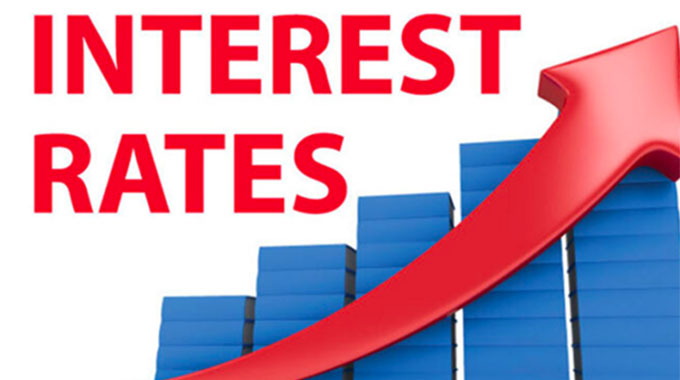Debt deal to hit already burdened US economy

The cap on government spending in Washington’s deal to raise the federal debt limit adds a fresh headwind to a US economy already burdened by the highest interest rates in decades and reduced access to credit.
The tentative deal crafted by President Joe Biden and House Speaker Kevin McCarthy over the weekend — assuming it’s passed by Congress in coming days — avoids the worst-case scenario of a payments default triggering financial collapse.
But it also could, even if at the margin, add to risks of a downturn in the world’s largest economy.
Federal spending in recent quarters has helped support US growth in the face of headwinds including a slump in residential construction, and the debt-limit deal is likely to at least damp that impetus.
Two weeks before the debt-limit deal, economists had calculated the chance of a recession in the coming year at 65 percent, a Bloomberg survey showed.
For Federal Reserve policy makers, the spending cap is a fresh consideration to account for as they update their own projections for growth and the benchmark interest rate, which are due for release June 14.
Futures traders as of late last week were pricing in no change in rates for the mid-June policy meeting, with one final 25 basis-point hike seen in July.
“This will make fiscal policy slightly more restrictive at the same time that monetary policy is restrictive and likely to get more so,” said Diane Swonk, chief economist at KPMG LLP.
“We have both policies moving in reverse and amplifying each other.”
US stock futures advanced, with contracts on the S&P 500 index up 0,3 percent as of 10:40 a.m. in New York.
Treasuries trading was closed for the Memorial Day holiday, but 10-year Treasury futures were up, sending the implied yield down slightly to 4,42 percent.
The spending limits are expected to be applied starting with the fiscal year beginning October 1, though it’s possible small effects will emerge before then — such as through clawbacks of Covid assistance or the impact of phasing out forbearance toward student debt.
Those would be unlikely to show up in GDP accounts, however.
‘Gimmickry’ factor
Tobin Marcus, Evercore ISI’s senior US policy and politics strategist, also advised that it will be important to assess the degree to which spending limits are “pure gimmickry” as negotiators sought to bridge differences via accounting manoeuvres.
Even so, with spending for the coming fiscal year expected to be held around 2023 levels, what restraint the deal does impose would kick in at a moment when the economy might be in contraction. Economists surveyed by Bloomberg previously pencilled in a 0,5percent annualized drop in gross domestic product for both the third and fourth quarters.
“Fiscal multipliers tend to be higher in a recession, so if we were to enter a downturn, then the reduced fiscal spending could have a larger impact on GDP and employment,” Michael Feroli, chief US economist at JPMorgan Chase & Co., said in an emailed response to questions.
JPMorgan’s base case has the US tipping into a recession in the second half of 2023.
To the extent that the economy does slow, fiscal policy may work in tandem with monetary policy to quell inflation, which a report showed last week remains well above the Fed’s target.
“It’s an important development — it’s been more than a decade since monetary and fiscal policymakers were rowing in the same direction,” said Jack Ablin, chief investment officer at Cresset Capital Management.
“Perhaps fiscal restraint will be another ingredient to weigh on inflation.”
Despite some 5 percentage points of Fed rate hikes since March of last year — the centrepiece of the most aggressive monetary-tightening campaign since the early 1980s — the US economy has so far proved resilient.
Unemployment is at its lowest in more than a half century, at 3,4 percent, thanks to historically high demand for workers. Consumers still have excess savings to use from the pandemic, a San Francisco Fed study showed recently.
The deal lawmakers struck to increase the debt limit is about as good as could be expected when it comes to what it means for the economy.
Most importantly it forestalls a breach of the debt limit — the government will pay its bills on time. A breach would have meant recession.
Fed officials will have a range of considerations, because aside from the deal’s impact on the economic outlook, it will have some implications for money markets and liquidity.
The Treasury has run down its cash balance to keep making payments since it hit the US$31,4 trillion debt limit in January, and once the ceiling is suspended by the coming legislation, it will ramp up sales of Treasury bills in order to rebuild that stockpile to more normal levels.
That wave of newly issued T-bills will effectively drain liquidity from the financial system, although its exact impact could be challenging to assess. Treasury officials may also arrange their issuance to minimise disruptions. — Bloomberg











Comments